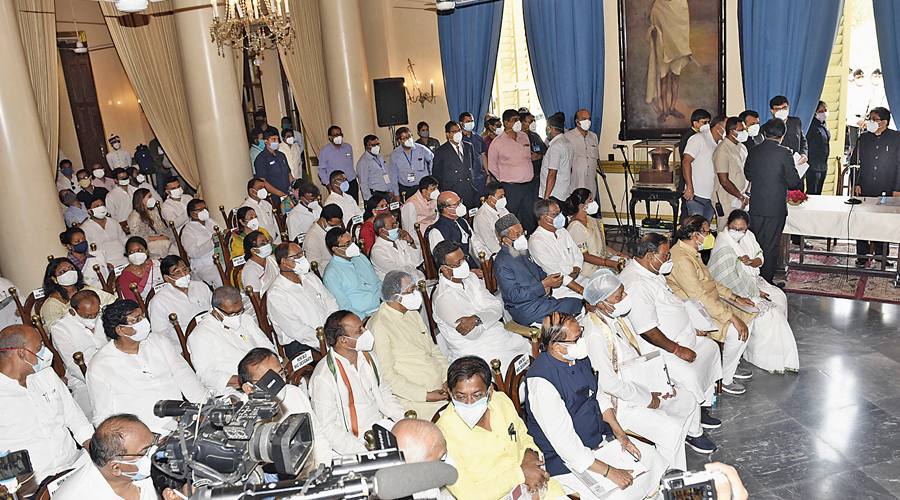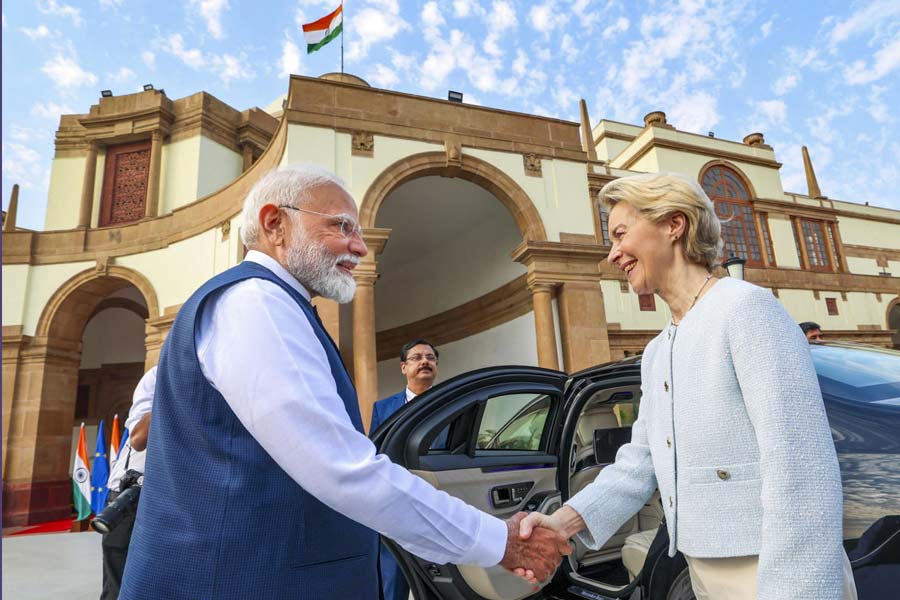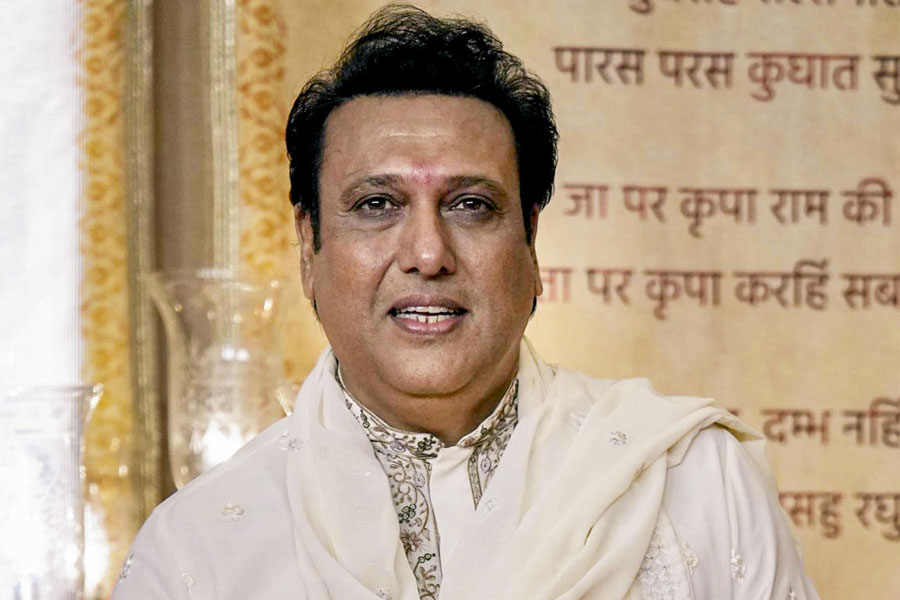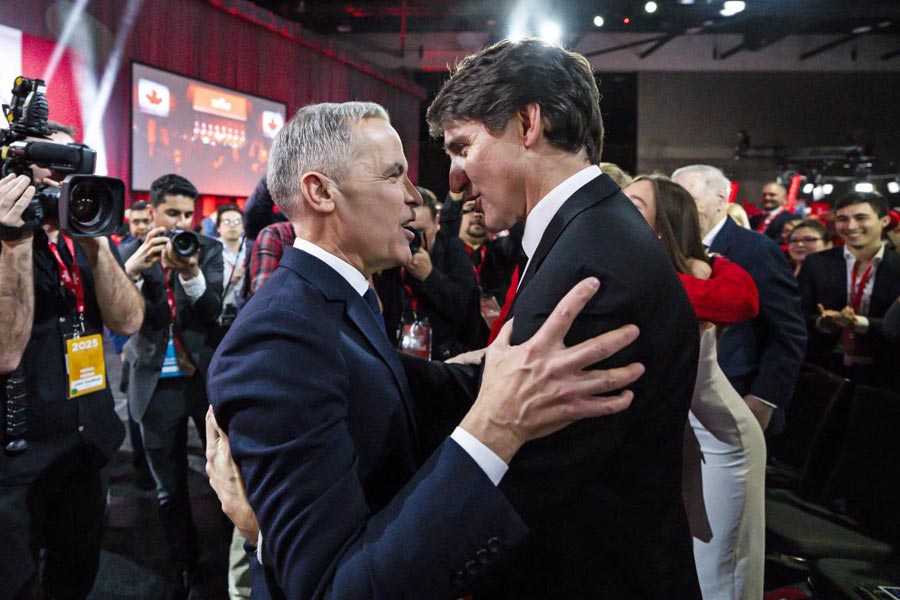Mamata Banerjee has brought back Partha Chatterjee as industries minister and Bratya Basu as education minister and given the shape of her third cabinet in a manner that reminded many of her first ministry after the change of guard in Bengal in 2011.
The chief minister allocated berths to her 43 ministers after convening the first cabinet of her third term at Nabanna on Monday. They were sworn in three batches by governor Jagdeep Dhankhar around 10.45am on Monday because of Covid-19 protocols.
Three ministers — Amit Mitra, Bratya Basu and Rathin Ghosh — took oath of office and secrecy virtually. Mitra has been unwell for some time, while Basu and Ghosh are recuperating from Covid.
“This time, 20-odd new ministers have taken oath. There are nine women ministers, including myself. There are four minority ministers, four Scheduled Caste ministers and four Scheduled Tribe ministers in the new cabinet,” Mamata said after the first cabinet meeting.
Mamata continued with her trusted lieutenants in their departments that they had been holding since the first cabinet. For example, Amit Mitra was allotted the finance department, while Subrata Mukherjee got the panchayat and rural development department.
Another senior minister, Moloy Ghatak, will continue with the land and judicial departments. He has been given an additional responsibility of the public works department.
Arup Roy, also a senior minister, has been given the charge of the cooperation department which he has been in charge of since 2011.
Two members of Mamata’s first cabinet when they were in the Congress, which was an ally of Trinamul in 2011, were sworn in on Monday. Manas Bhuniya, the Trinamul MLA from Sabang in West Midnapore, has been appointed as water resources investigation minister, while Sabina Yeasmin has been made the junior minister in irrigation and north Bengal development departments.
Bhuniya was the irrigation minister in the first cabinet of Trinamul and Sabina was a junior minister in the labour department.
“The way the chief minister distributed berths, it reminds me of her first cabinet. Many of the ministers were given responsibilities which they discharged in the first cabinet or continued to work in the departments since 2011,” said a Trinamul insider.
Firhad Hakim who was the urban development and municipal affairs minister in the last government has been given the responsibility of transport and housing departments. Chandrima Bhattacharya would hold the charge of urban development and municipal affairs department as an independent minister of state.
Another senior minister, Aroop Biswas, was sent to the power department from the PWD which he was looking after in the last government. Similarly, Sobhandeb Chattopadhyay has been made agriculture minister.
Jyotipriyo Mallick, the food and supplies minister in the last government, is the new forest minister.
Mamata appointed a full-time minister — Md. Ghulam Rabbani — in the minority affairs and Madarsa Education, instead of keeping the portfolio with herself. “Since 2011, the chief minister had been herself holding the charge of the minorities affairs. This is the first time she appointed a full-time minister,” said a source.
Sources in the department said the majority of the development projects had already been implemented or work for those started. So, the chief minister might have wanted a fresh face in the department as this can bring fresh ideas in the department.
Although Mamata left the charge of the minority affairs department, she would continue to hold departments like home and hill affairs, personnel and administrative reforms, health, land and land reforms, information and cultural affairs.











